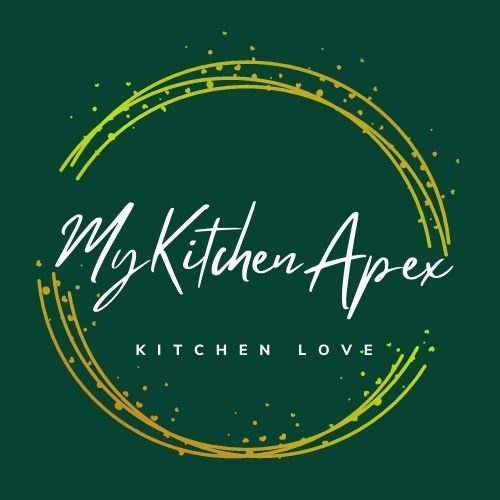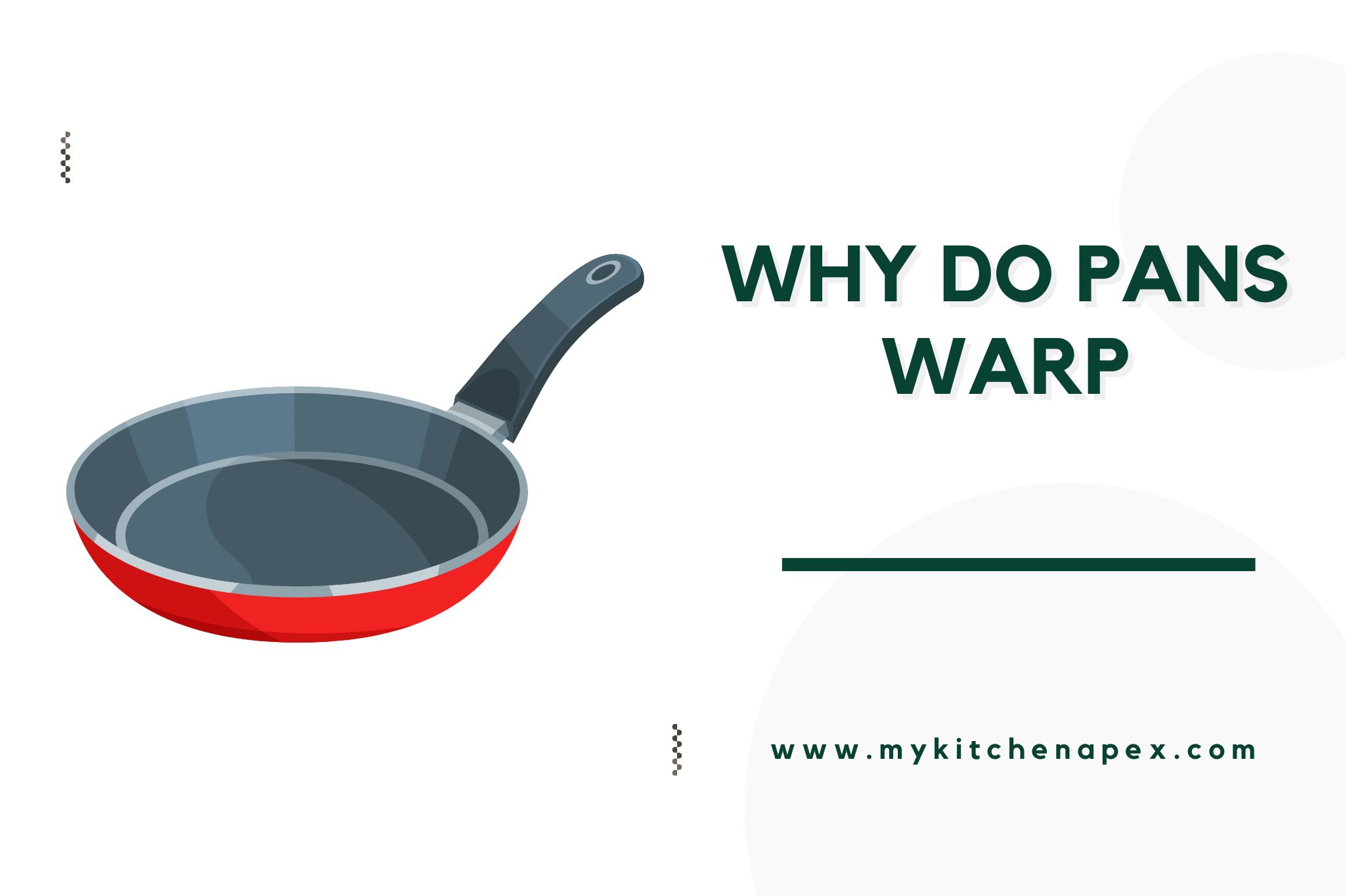Originally Created on: February 24, 2024 @ 11:50 pm
Are you frustrated with your once perfectly flat pans now warping after only a few uses? It’s a common problem that many home cooks and professional chefs alike have experienced, leading to uneven heat distribution and a compromised cooking surface.
The reason behind why pans warp can vary based on a number of factors, including material, temperature, and usage. Understanding the causes behind this kitchen conundrum can help you extend the lifespan of your cookware and improve the quality of your meals.
Table of Content
Highlights:
- Uneven heat distribution
- Rapid temperature changes
- Excessive heat and improper usage
why do pans warp
Pans can warp due to the uneven distribution of heat, especially when subjected to rapid temperature changes. This can cause the metal to expand or contract unevenly, resulting in warping over time. Additionally, using high heat or placing a hot pan under cold water can also contribute to warping.
Furthermore, the type of metal used in the pan can impact its susceptibility to warping. Thin, lightweight pans are more likely to warp compared to heavier, more durable ones.
It’s important to properly care for and maintain your pans to minimize the risk of warping, such as avoiding sudden temperature changes and using appropriate heat levels for the type of metal used in the pan.
You May Also Like: why do pans warp in the oven
Is it normal for pans to warp?
Yes, it is normal for pans to warp over time due to repeated exposure to high heat. This can cause the metal to expand and contract, leading to a gradual warping of the pan’s surface. Additionally, using pans on high heat or rapidly heating and cooling them can also contribute to warping.
To prevent warping, it’s essential to follow the manufacturer’s guidelines for proper heating and cooling of the pan. Additionally, using the right sized burner for the pan and avoiding sudden temperature changes can help maintain the shape of the pan.
Lastly, investing in higher quality pans made from materials less prone to warping, such as stainless steel or cast iron, can also minimize the risk of warping.
Signs of a warped pan
Warped pans can cause uneven cooking and heat distribution, leading to burnt or undercooked food. Look for signs of warping such as a pan that doesn’t sit flat on the stovetop or spins when touched.
Another indication is if the pan’s surface appears distorted or has ripples when viewed from the side.
Additionally, check for changes in the way the lid fits on the pan, as warping can affect the seal. Warped pans may also produce a popping or cracking sound as they heat up, indicating stress on the metal.
If you notice any of these signs, it’s best to replace the pan to ensure even cooking results.
Also Read: why do pizza pans have holes
Common reasons for pan warping
There are a few common reasons why pans may warp over time. One of the main causes is sudden changes in temperature, such as placing a hot pan in cold water or vice versa, which can cause the metal to expand or contract unevenly, leading to warping.
Another reason could be excessive heat, such as using a pan on high heat for an extended period, causing the metal to distort and lose its shape.
Additionally, using a pan that is not suitable for the cooking surface can also lead to warping, as it may not distribute heat evenly, causing certain areas to heat up more than others.
It’s important to properly care for and use pans to avoid warping, such as avoiding sudden temperature changes, using the appropriate heat levels, and choosing the right pan for your cooking surface. Regular maintenance and proper usage can help prolong the life of your pans and prevent warping.
How to fix a warped pan
Warped pans are a common kitchen issue caused by rapid temperature changes or inexpensive construction. To fix a warped pan, start by filling it with water and boiling it for a few minutes. Then, remove the pan from the heat and carefully place it on a flat surface to cool and reshape.
Finally, dry and inspect the pan to ensure it has returned to its original shape.
Regular maintenance and proper care can prevent your pans from becoming warped in the first place. Investing in high-quality pans made from durable materials can also help prevent warping.
Additionally, avoiding sudden temperature changes and using gentle heat on the stovetop can prolong the lifespan of your pans and reduce the likelihood of warping.
How to prevent pans from warping
To prevent pans from warping, it’s essential to avoid sudden temperature changes. This means allowing the pan to cool down before washing it with cold water or placing it on a cold surface.
Another important tip is to use the right size burner for the pan to ensure even heat distribution. Additionally, it’s crucial to avoid thermal shock by placing a hot pan on a wet or cool surface, which can cause warping.
Proper storage of pans is also crucial in preventing warping. It’s important to stack pans carefully, using protective layers to cushion them and prevent damage.
Additionally, storing pans in a dry environment will help prevent rust and warping. Lastly, investing in high-quality pans made from durable materials can also help prevent warping and prolong the lifespan of your cookware.
Also Read: why is my garbage disposal smoking
Final Thoughts
Pans can warp due to uneven heat distribution, rapid temperature changes, and low-quality construction. To prevent warping, follow the manufacturer’s guidelines, avoid sudden temperature changes, and invest in higher quality, durable pans.
Signs of warping include a distorted surface and improper fitting lids. If your pan is warped, you can attempt to reshape it by boiling and cooling it. Proper care and maintenance can extend the lifespan of your pans and prevent warping, ultimately improving the quality of your cooking.

